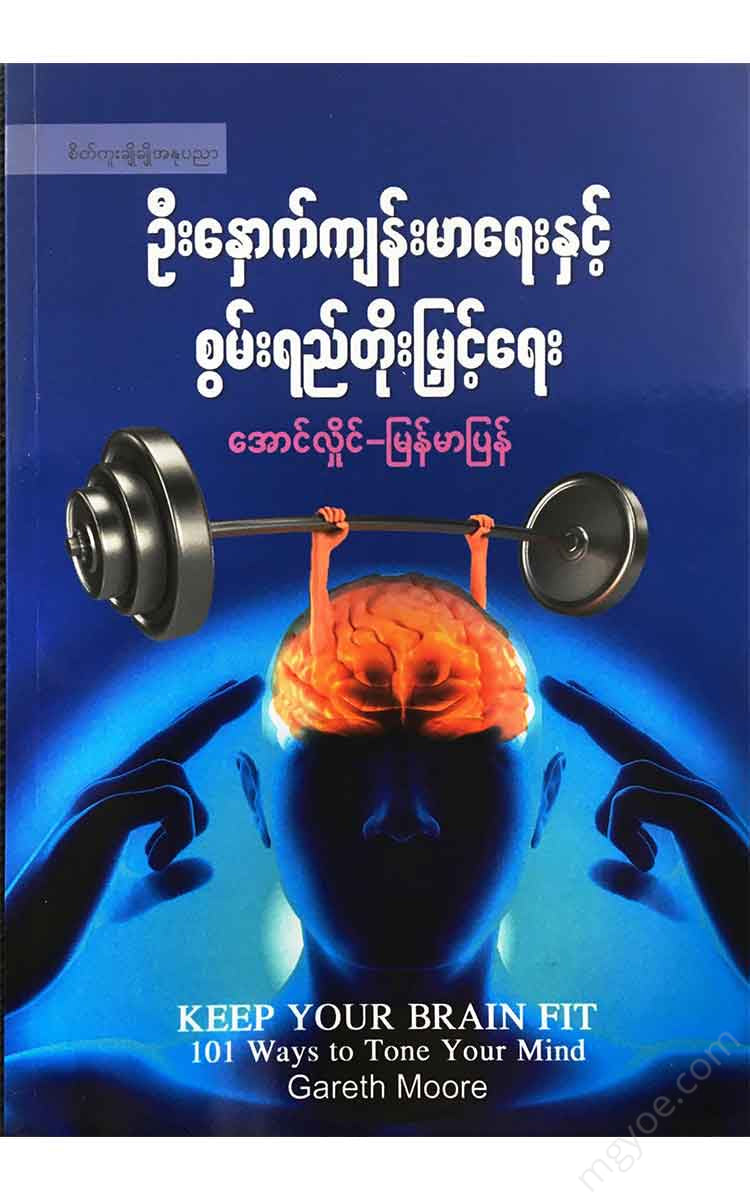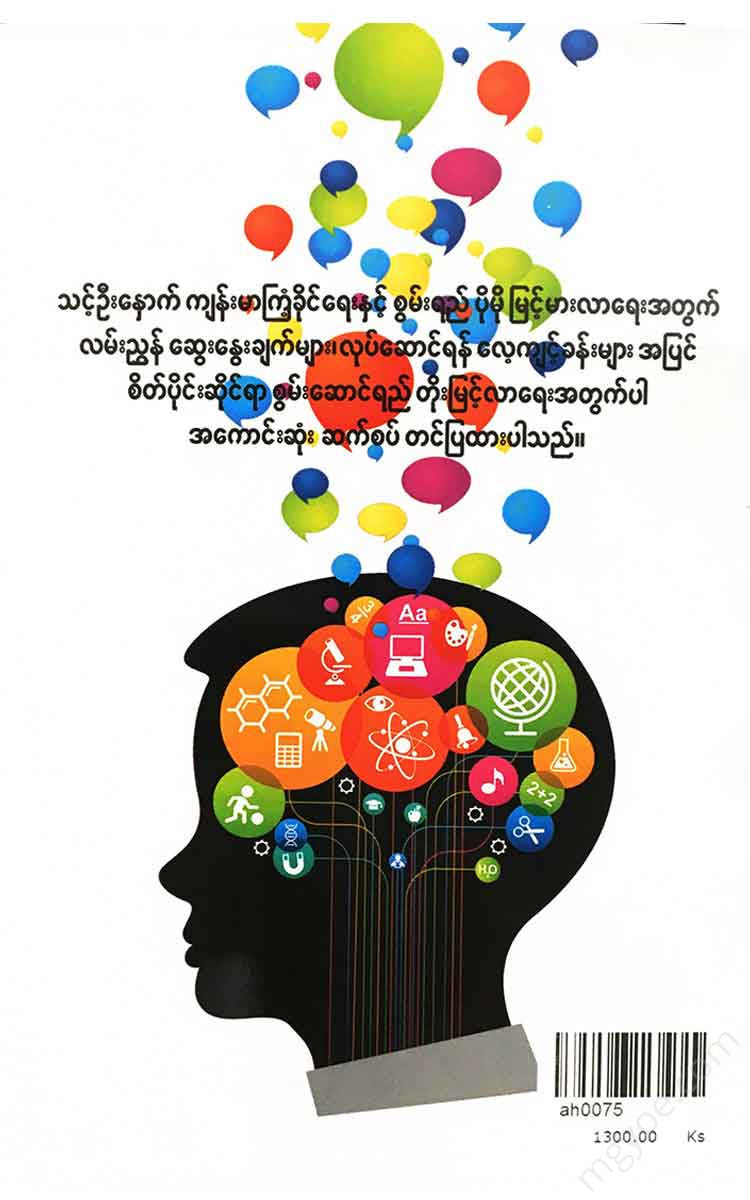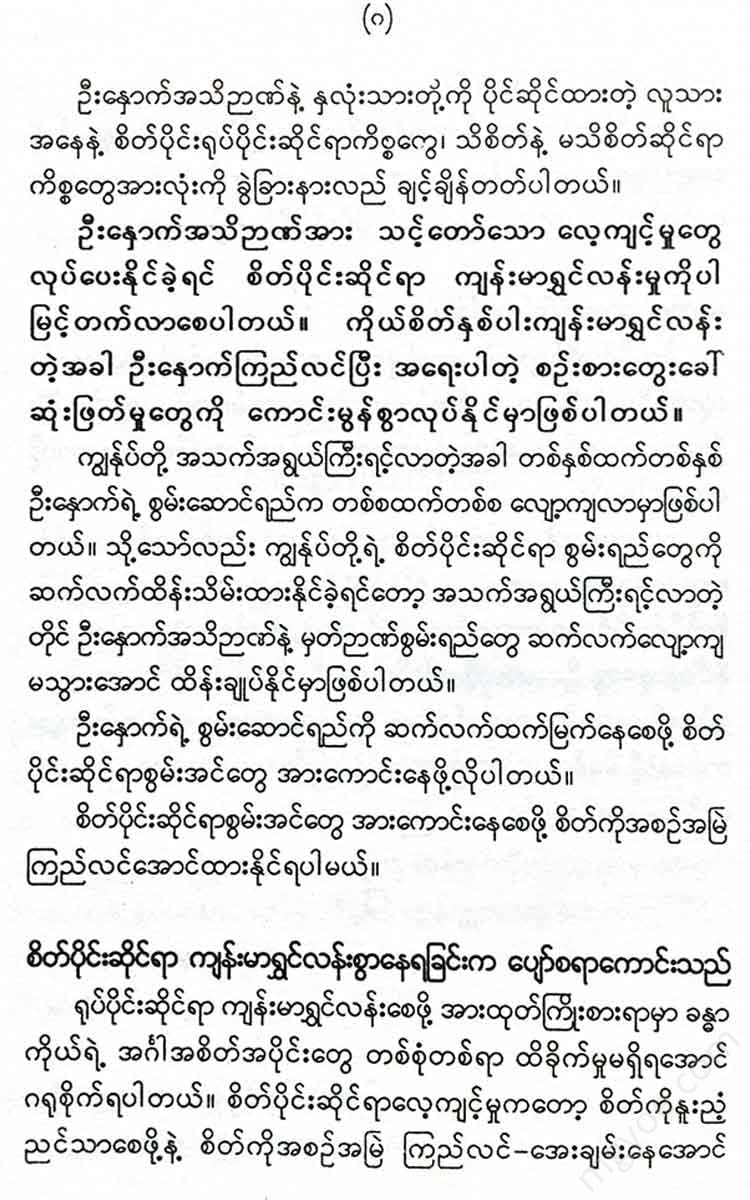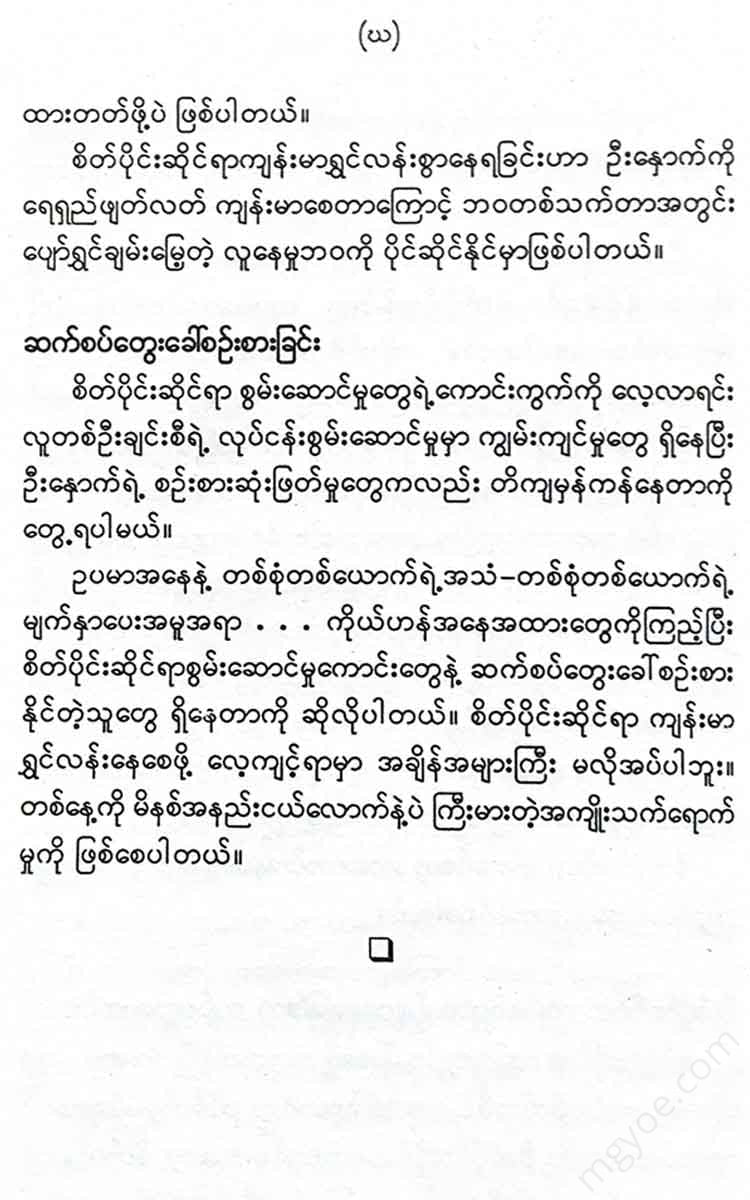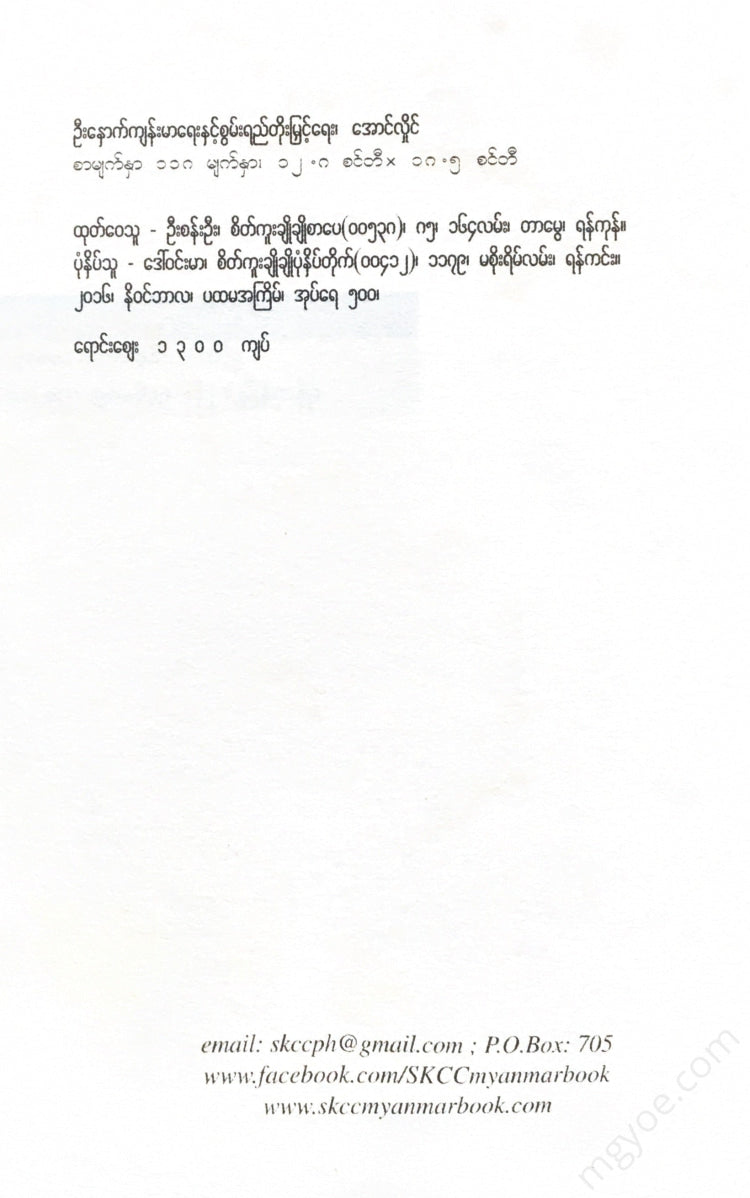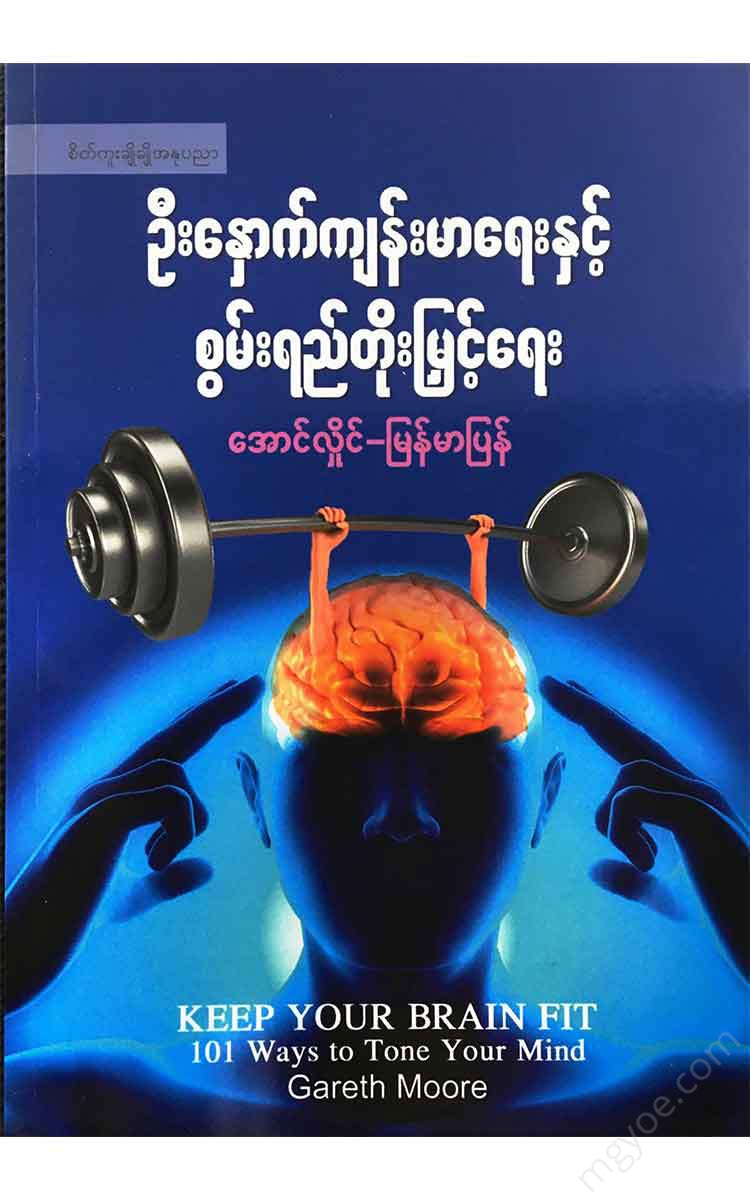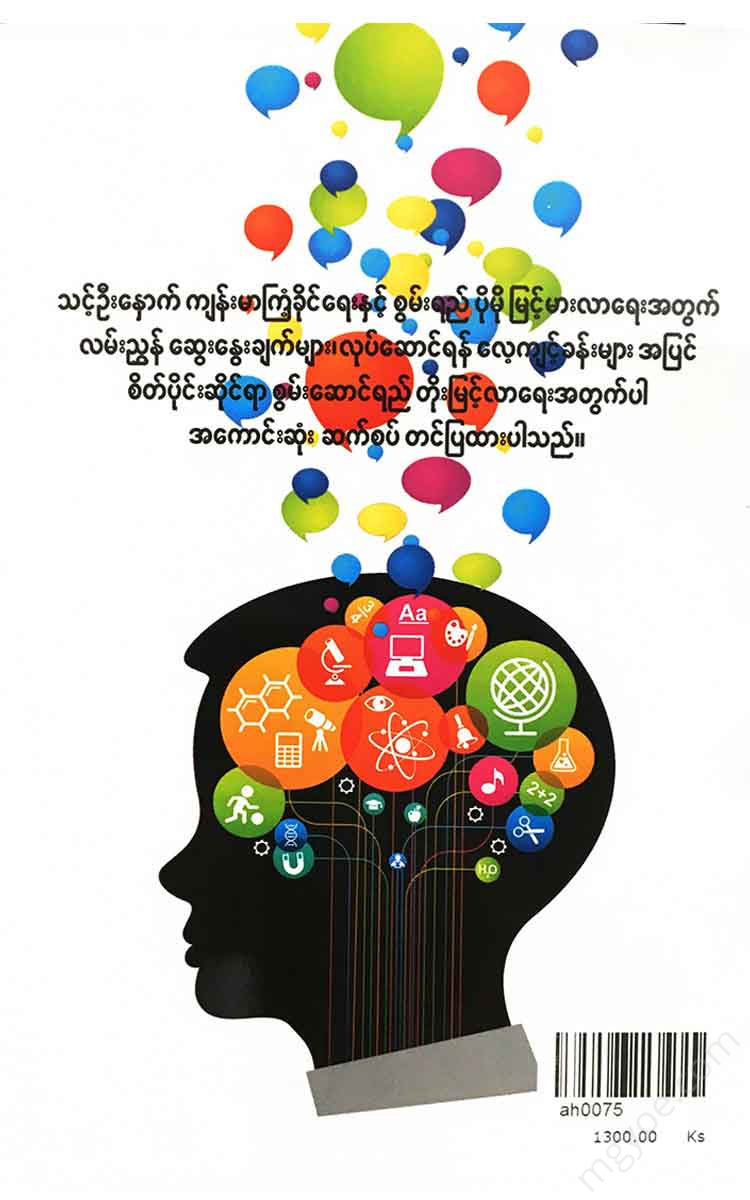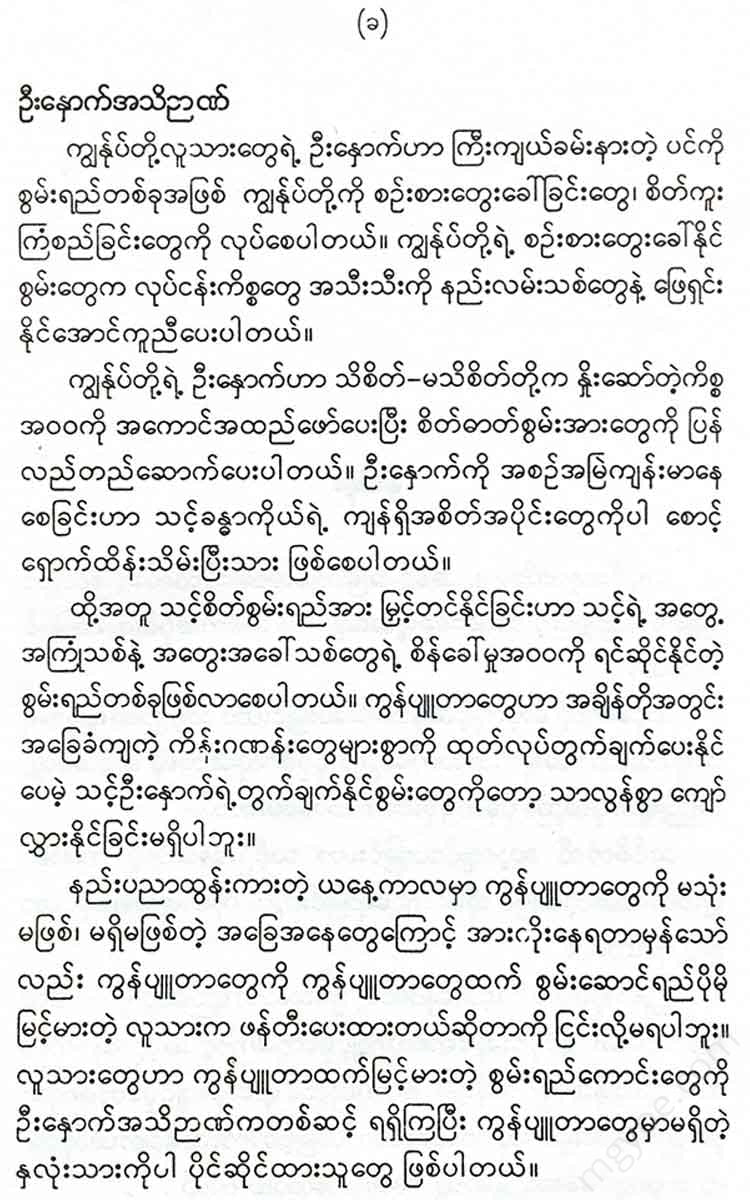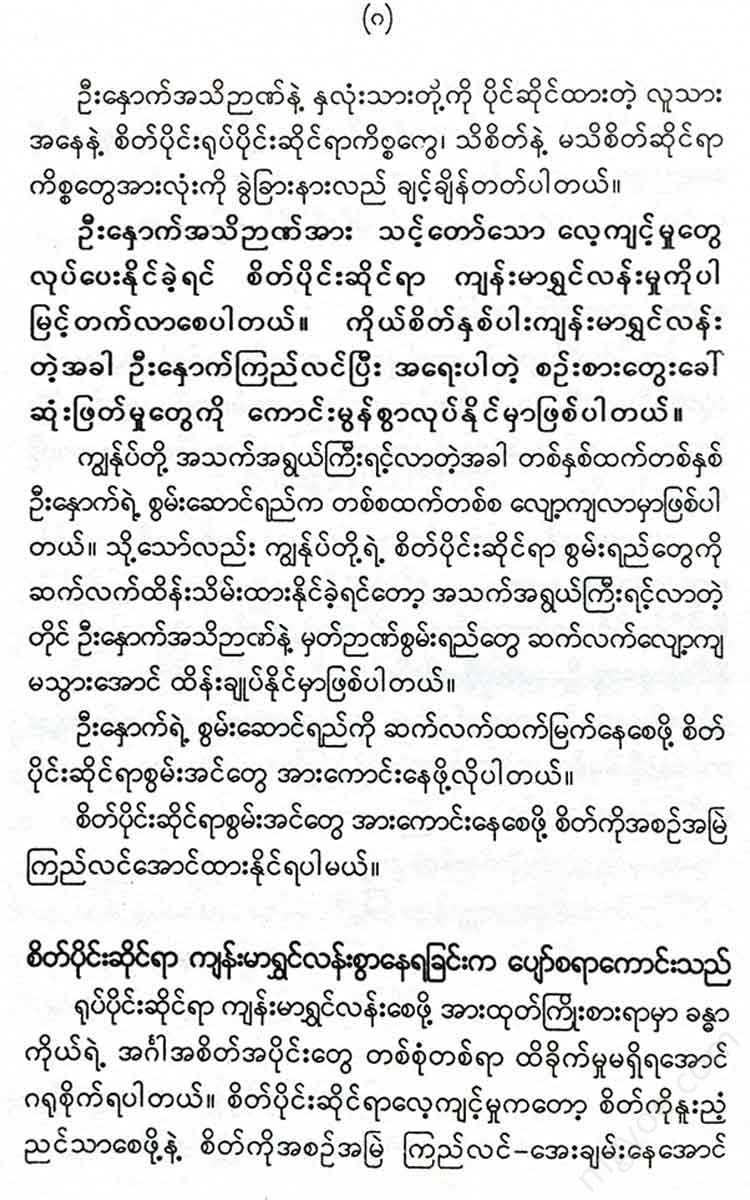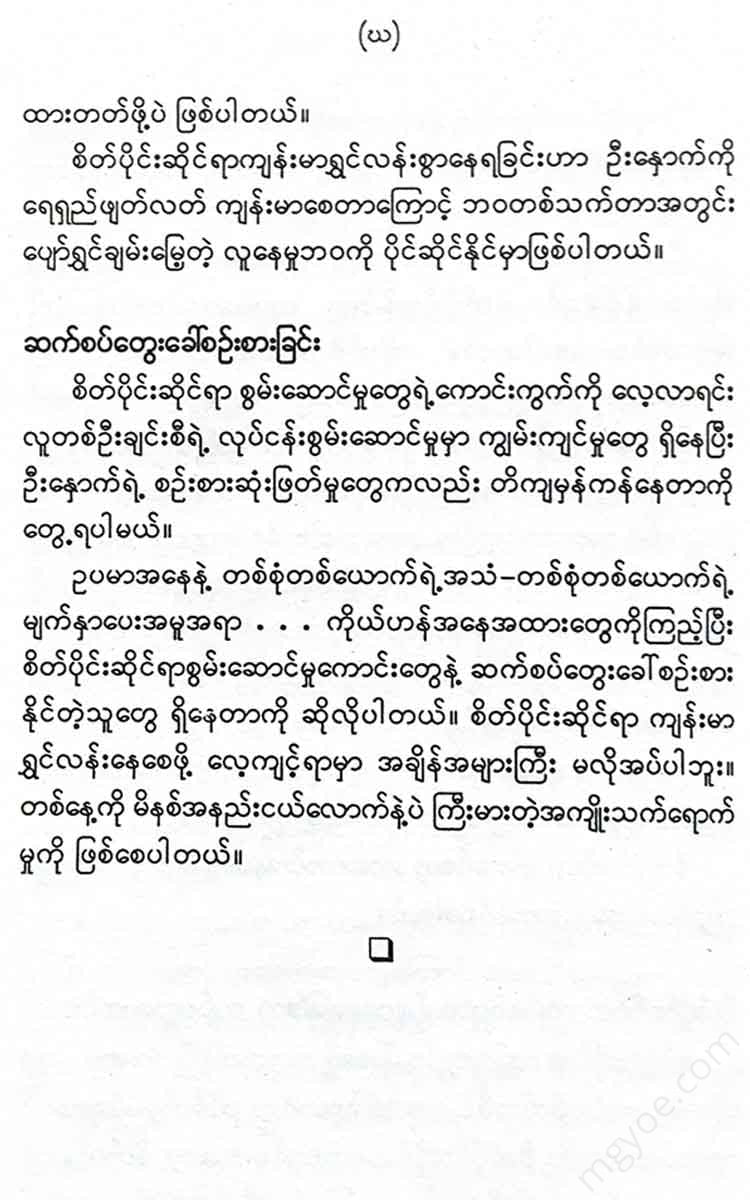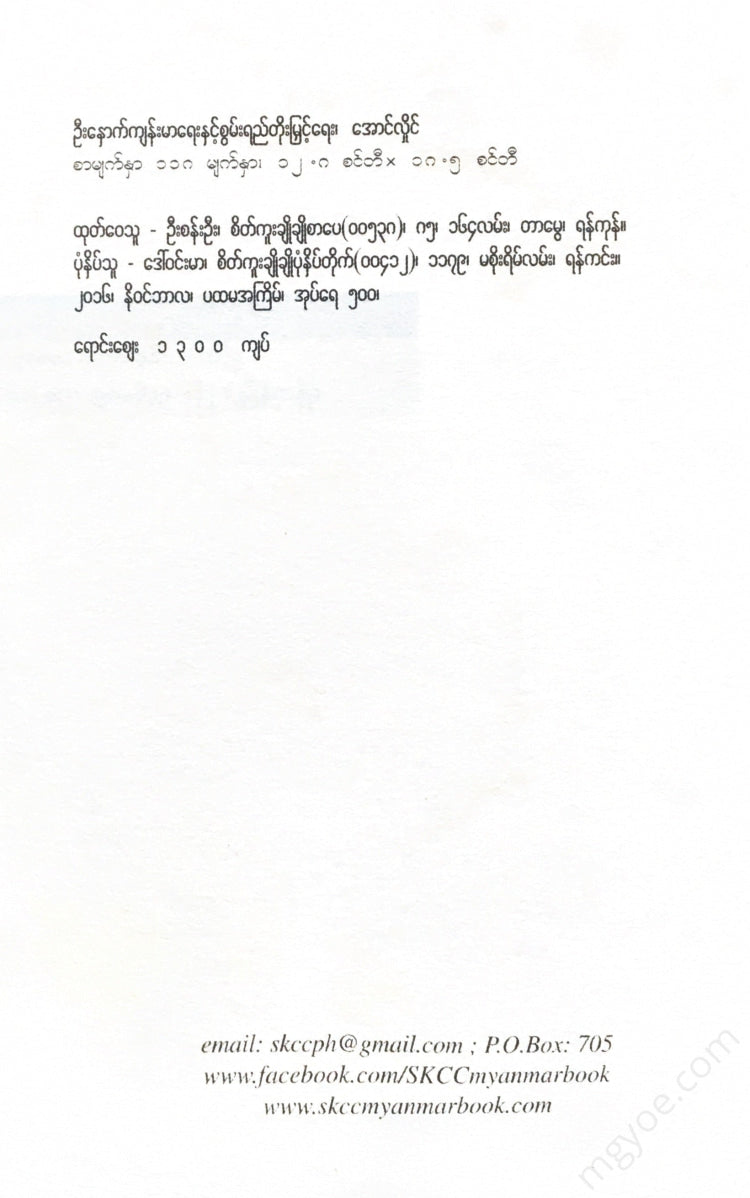စိတ်ကူးချိုချိုစာပေ
Aung Hlaing - Brain Health and Capacity Building
Aung Hlaing - Brain Health and Capacity Building
Couldn't load pickup availability
Chapter (1)
Your brain intelligence
The human brain is one of the most amazing things in the universe.
All the functions of the brain reveal the amazing power of mental abilities at once. The invention of the computer is one of the greatest achievements in the field of science, but when it comes to practical analysis, no computer can match the power of the brain. Only the extraordinary intelligence of the human brain can dominate the world of science.
The speed and capacity of your brain
Your desktop computer can execute about 2.5 billion instructions per second.
This is a huge feat for a computer, but the human brain is capable of processing up to 100 trillion instructions per second, making it far more powerful in speed and capacity than a computer.
Machines can consistently perform a single task, but the human brain is not limited to focusing on one task. It also does not have the freedom to choose to do only one task. For example, when we do a task , we do things like breathing, balancing our posture, listening, seeing, etc. at the same time. If we do not reach this state, unwanted distractions, and emotional problems will arise, then no task that requires concentration will be successful.
Nerve cells
Where 2 nerve cells meet
There are two main types of cells in the brain. These two types of cells are neurons (nerve cells) and synapses, which are the places where two neurons meet, or synapses.
Neurons ( 32) are the cells in the nervous system that perform the important job of transmitting information.
Nerve cells (neurons) receive information from our bodies through sensory neurons. For example, information about our senses of sight, hearing, smell, touch, and taste, as well as information about our body and mind, pain, emotions (happy, sad), body temperature, and weight, are all sent to the brain by neurons.
Each nerve cell is connected to thousands of other nerve cells.
Before we are born, nerve cells multiply at a rate of 250,000 per minute.
Every human brain has a large number of brain cells, and an adult brain can contain up to 100 billion neurons.
During the first two years after puberty, our brain naturally clears out unwanted material, so every second we lose about 5,000 synapses (where two nerve cells meet).
This loss of brain cells is nothing to worry about, because an adult's brain still has 500 trillion nerve cells.
The job of neurons is to help you remember when you are learning something new. The cells in the nerve cells and the cells at the junctions between the neurons are essential for our brain.
The area of the brain associated with cognition (cerebral cortex)
The cerebral cortex is found to account for about two-thirds of the brain's weight.
The cerebellum is responsible for a variety of functions, including consciousness, reasoning, communication, and creativity. The cerebellum, located directly below the cerebellum and at the back of the skull , is responsible for many functions, including muscle control, rapid reflexes, initial reactions, conscious responses, and planning for survival.
The Cerebral Cortex ( outer layer of the brain) can be divided into a right and a left hemisphere. The right and left hemispheres are connected by many nerve fibers.
Typically, the left side of the brain is responsible for precise, detailed, and logical reasoning, while the right side of the brain is responsible for broad, imaginative, and critical thinking.
We humans do not use only the left or right side of our brain. In fact, we all use both the left and right sides of our brain at the same time or all the time. Being able to use both the left and right sides of the brain allows us to work together in harmony with mental processes.
When you use both sides of your brain well and develop your thinking skills, you will be able to solve even the most difficult problems and puzzles.
